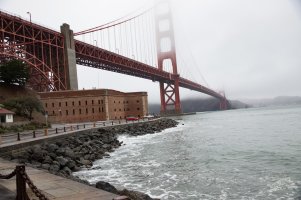......

The utterly overwhelming number of people I personally know (and those I constantly see out and about) with $500 entry level DLSR kits from Canon and Nikon, etc... are the Moms who want an upgrade from their iPhones for family pictures and kids doing sports, dance, cheerleading, or whatever. Trust me, I'm a dad with 3 kids ages 13, 11, and 7. I do photography for dance schools. I know about 400-500 dance moms. I know what they have. Canon Rebels and T6s and Nikon D3000s etc... The dad's aren't buying the DSLRs. The Moms are.
I'm not sure what is a "gender slap in the face" to simply acknowledge what Canon surely knows is one of THE core target audiences for them with this camera. They spend a ton on marketing research and they know exactly who is buying their entry level packages. (At least here in the USA)

